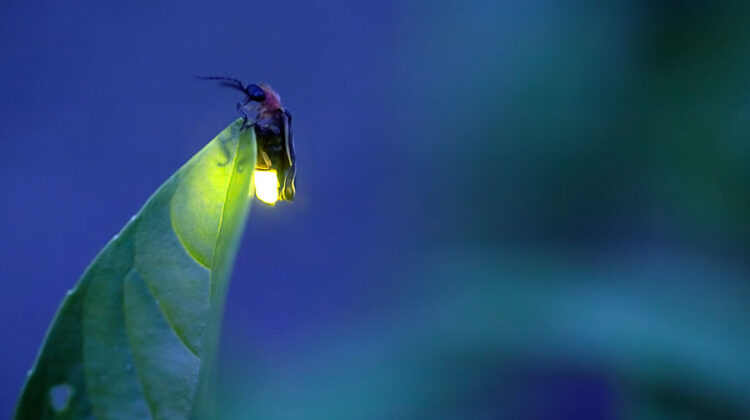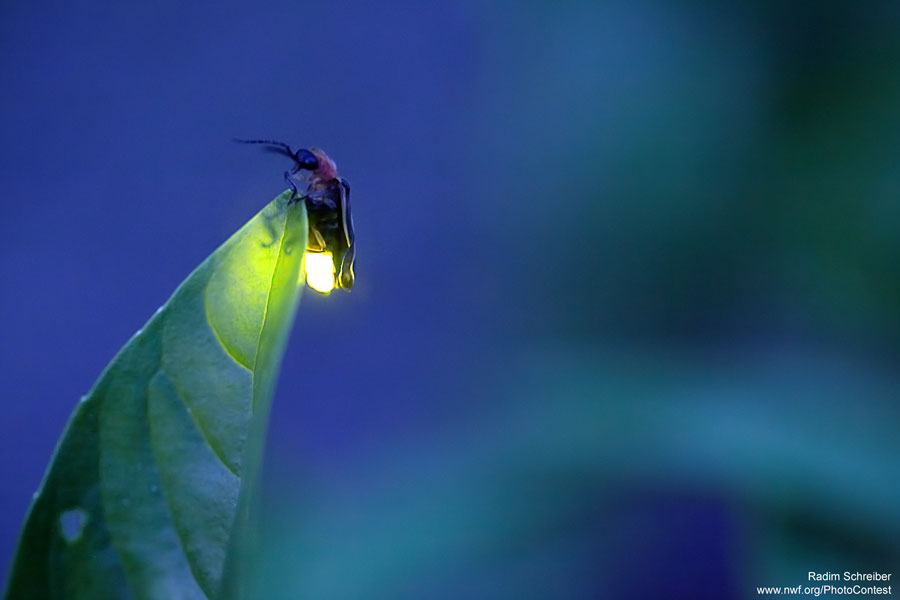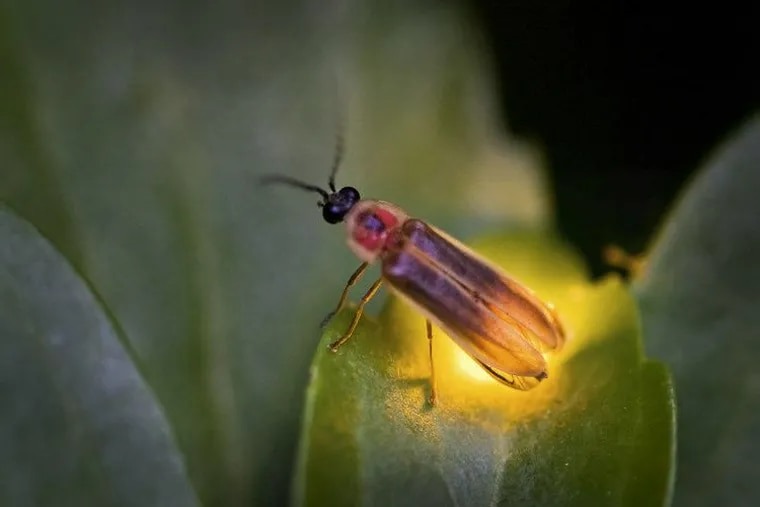
In the quiet of a summer evening, when the sun has dipped below the horizon and the stars begin to emerge, one of the most enchanting displays of nature unfolds – the mesmerizing dance of fireflies. These tiny insects, belonging to the family Lampyridae, are renowned for their ability to produce a “cold light” that shimmers with an otherworldly glow, devoid of the telltale infrared or ultraviolet frequencies. This captivating phenomenon is driven by the fireflies’ unique biochemical processes, as they utilize light to attract mates or even unsuspecting prey.

A Bioluminescent Marvel
The bioluminescence displayed by fireflies is a result of a chemical reaction occurring within specialized light-emitting cells in their abdomen. This process is highly efficient, converting nearly 100% of the energy into light, in stark contrast to conventional incandescent bulbs which emit a significant amount of heat. The produced light falls within the visible spectrum, primarily ranging from 510 to 670 nanometers in wavelength, giving it a soft, greenish-yellow glow.

Mating Rituals in the Night
For fireflies, this ethereal glow serves a vital purpose in their quest for love. Each species of firefly has its unique flash pattern, with males and females communicating through a kind of “light language.” Males take to the air, producing rhythmic flashes of light that are specific to their species. When a receptive female sees the correct pattern, she responds with her own unique flash, signaling her availability. This dazzling courtship dance continues until the two fireflies find each other in the darkness.

Luring the Unsuspecting
While the primary function of firefly bioluminescence is to facilitate courtship, some firefly species have adopted a more sinister strategy. They use their enchanting glow to lure unsuspecting prey. Fireflies belonging to the genus Photuris, for example, mimic the flash patterns of other firefly species. When a male from another species approaches, thinking he has found a mate, the female Photuris seizes the opportunity, capturing and devouring her deceived suitor.

Conserving the Magic
Fireflies have long held a special place in our hearts, evoking wonder and nostalgia. However, their populations are declining due to factors such as habitat loss and light pollution. To ensure future generations can enjoy the magical spectacle of fireflies, it’s crucial that we take steps to protect their habitats and reduce artificial light at night.
The ability of fireflies to produce their unique “cold light,” devoid of infrared or ultraviolet frequencies, is a testament to the incredible diversity and ingenuity of life on Earth. These bioluminescent insects continue to captivate our imaginations, reminding us of the hidden wonders that can be found in the smallest and most unexpected corners of the natural world.

Leave a Reply